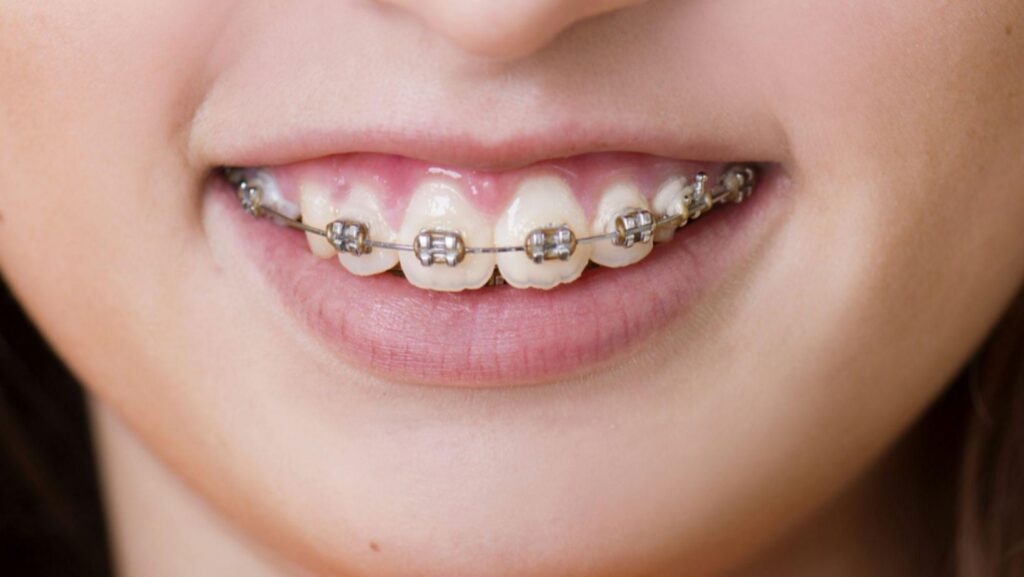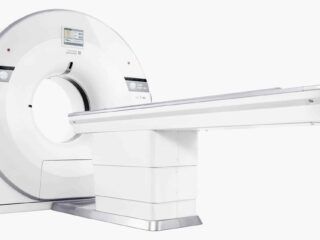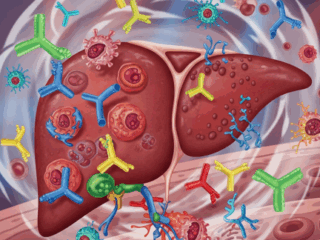
Dental health is often discussed in terms of smiling aesthetics or preventing cavities, but its reach is far greater. When teeth are misaligned, the effects can ripple outward, subtly compromising functions like breathing, sleep, and even systemic health. Many people first investigate types of braces in order to correct visible issues, but correcting alignment goes beyond appearance: it can be a key to more restful nights, clearer breathing, and better long-term health.
In this article, we’ll explore how dental misalignment influences airway function, sleep quality, and general wellness, what the research says, what signs to watch for, and how alignment treatment can make measurable differences in health outcomes.
What Happens When Alignment Is Off
Misalignment of teeth and jaws, malocclusion, can take many forms: overcrowding, overbite, underbite, crossbite, high palate, jaw asymmetry. These deviations aren’t just cosmetic. In many cases they shift jaw posture, constrict airway space, or create patterns of breathing that interrupt sleep.
- Airway obstruction risks: When the jaw is recessed (retrognathia) or when the dental arches are too narrow, the tongue or soft tissues may encroach on the airway, especially in supine sleeping positions. That can lead to snoring or even obstructive sleep apnea (OSA).
- Sleep fragmentation: Even if full OSA doesn’t develop, partial obstruction or irregular jaw posture can cause frequent micro-arousals, brief awakenings or shifts in sleep stage that reduce the restorative power of deep sleep.
- Functional strain: Misalignment often forces the body to adapt in other ways, such as chronic mouth breathing, clenching, or grinding. These compensations can worsen fatigue and jaw discomfort.
Evidence from Clinical Studies
Recent studies have increasingly confirmed the relationship between dental alignment and sleep health:
- A 2024 study in Investigating the Dynamic Relationship of Sleep-Disordered Breathing and Craniofacial Structure found that individuals with obstructive breathing issues often have narrower maxillae, overbites or overjets, and reduced nasal airway space. Craniofacial features were significantly associated with severity of sleep-disordered breathing.
- Another study compared sleep quality among patients using fixed braces vs clear aligners, reporting that while both groups saw improvements in dental alignment, those with aligners reported less sleep disturbance over the course of treatment.
- Broader reviews show that poor sleep (short duration, frequent awakenings) is associated with higher rates of periodontal disease, systemic inflammation, and even cardiovascular risk. Since alignment impacts one’s ability to maintain oral hygiene (crooked teeth are harder to clean), misalignment compounds risk.
The conclusion is clear: craniofacial structure and alignment are not just cosmetic, they’re functional, affecting physiology at the most basic level.
Health Impacts: Beyond Snoring
Correcting dental alignment doesn’t just help reduce snoring, it has broader implications:
- Improved breathing: Aligning jaws and teeth changes how the airway opens during sleep. More space = less restriction.
- Reduced temporomandibular joint (TMJ) strain: Malocclusion often places uneven forces on the jaw joints and muscles. Over time, this can lead to TMJ-related pain, morning headaches, and tension that itself interferes with sleep.
- Better oxygenation and cardiovascular health: Interrupted or shallow breathing overnight can lead to repeated low-oxygen events. These can raise blood pressure, increase inflammatory markers, and burden the cardiovascular system.
- Enhanced mental and cognitive functioning: Poor sleep undermines concentration, mood, immune function, and healing. Adults show slower reaction times and reduced productivity, while children may experience behavioral issues, poor school performance, and delayed growth.
Treatment Options & What to Expect
Addressing these issues begins with a thorough diagnostic workup, clinical exam, imaging (cephalometric, CBCT), sleep studies if needed, and collaboration with sleep medicine specialists where appropriate.
- Orthodontic interventions: Braces, clear aligners, and expanders can reposition teeth, widen dental arches, and correct crossbites, which may increase airway space.
- Mandibular advancement devices: For patients with sleep apnea linked to jaw positioning, oral appliances can reposition the jaw to keep airways open.
- Multidisciplinary care: In some cases, orthodontic work is combined with myofunctional therapy, ENT evaluations, or even surgical interventions to achieve optimal outcomes.
While treatment takes time, often months to years, patients frequently report improvements in both confidence and health markers, such as reduced snoring, fewer headaches, and greater daytime energy.
Signs You May Be Affected
If you suspect misalignment is affecting sleep or breathing, watch for:
- Loud or frequent snoring
- Gasping or choking during sleep
- Daytime fatigue, difficulty concentrating, or irritability
- Teeth grinding (bruxism), jaw pain, or frequent morning headaches
- Chronic mouth breathing or nasal obstruction
In children, additional signs may include bedwetting, ADHD-like behaviors, and slowed growth, all linked to poor sleep quality.
Amplifying the Benefits
Correcting dental alignment is only part of the picture. To maximize results:
- Maintain oral hygiene: Straightened teeth are easier to clean, reducing risk of gum disease that can worsen systemic inflammation.
- Adopt good sleep hygiene: Keep regular bedtimes, avoid screen use before sleep, and create a dark, cool sleeping environment.
- Lifestyle adjustments: Maintaining a healthy weight, limiting alcohol, and managing allergies can reduce airway obstruction risks.
- Commit to retention: Post-treatment retainers and follow-up care are essential to preserve alignment gains and the health benefits they bring.
Dental alignment plays a significant, often underappreciated role in how well we breathe, how deeply we sleep, and how healthy we are. Treating malocclusion and jaw misalignment does more than beautify a smile, it can relieve breathing issues, reduce health risks, and improve quality of life. For those who rely on restorative sleep, correcting alignment might be one of the most powerful, yet overlooked, tools available.












